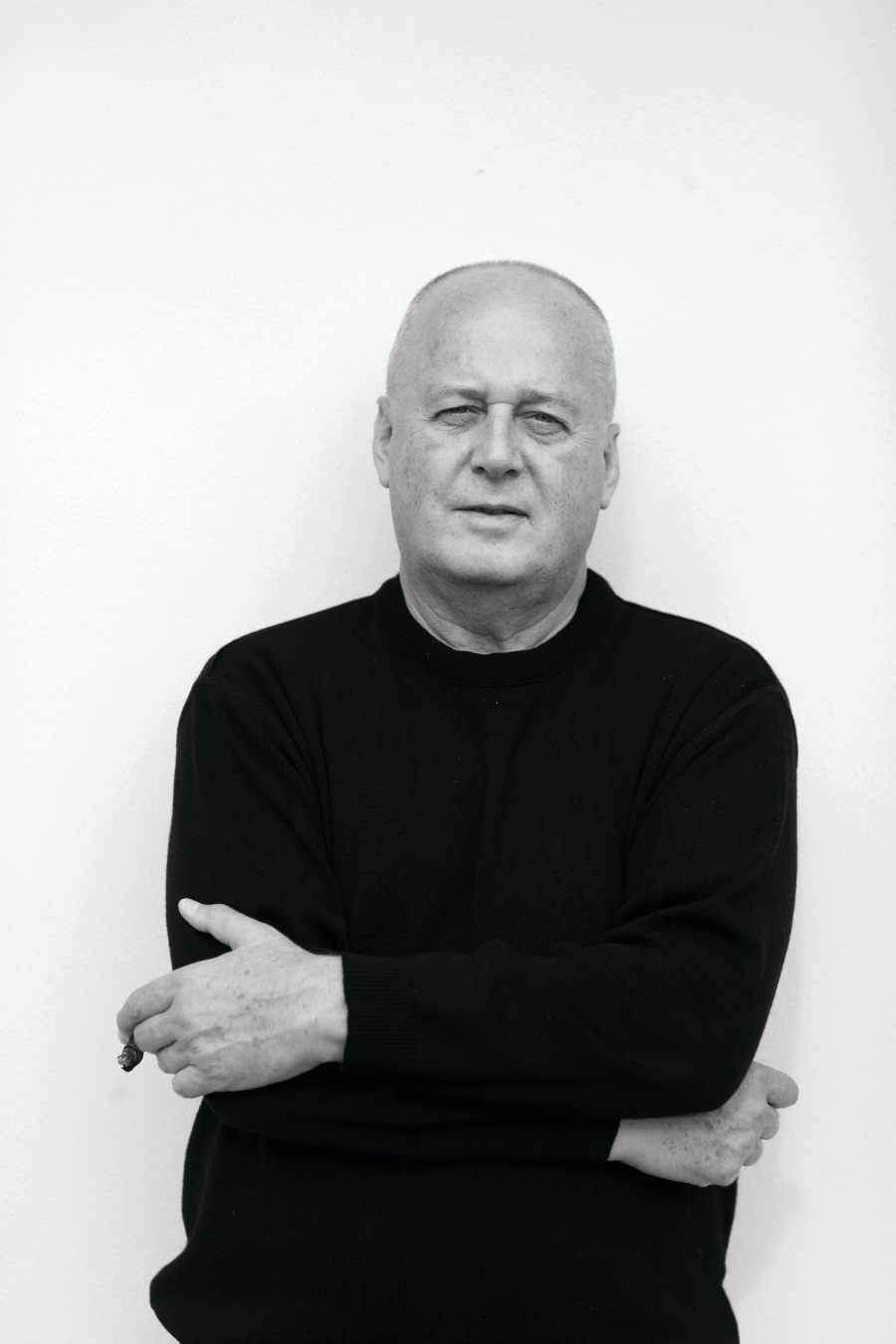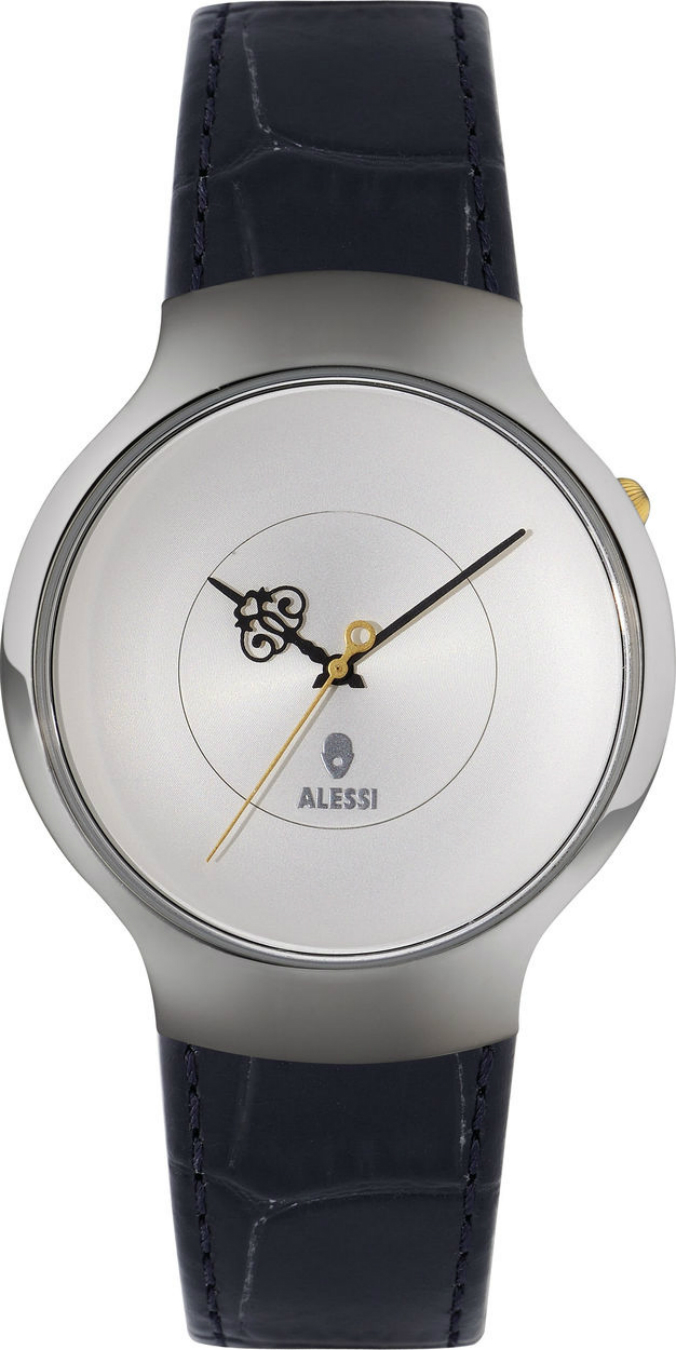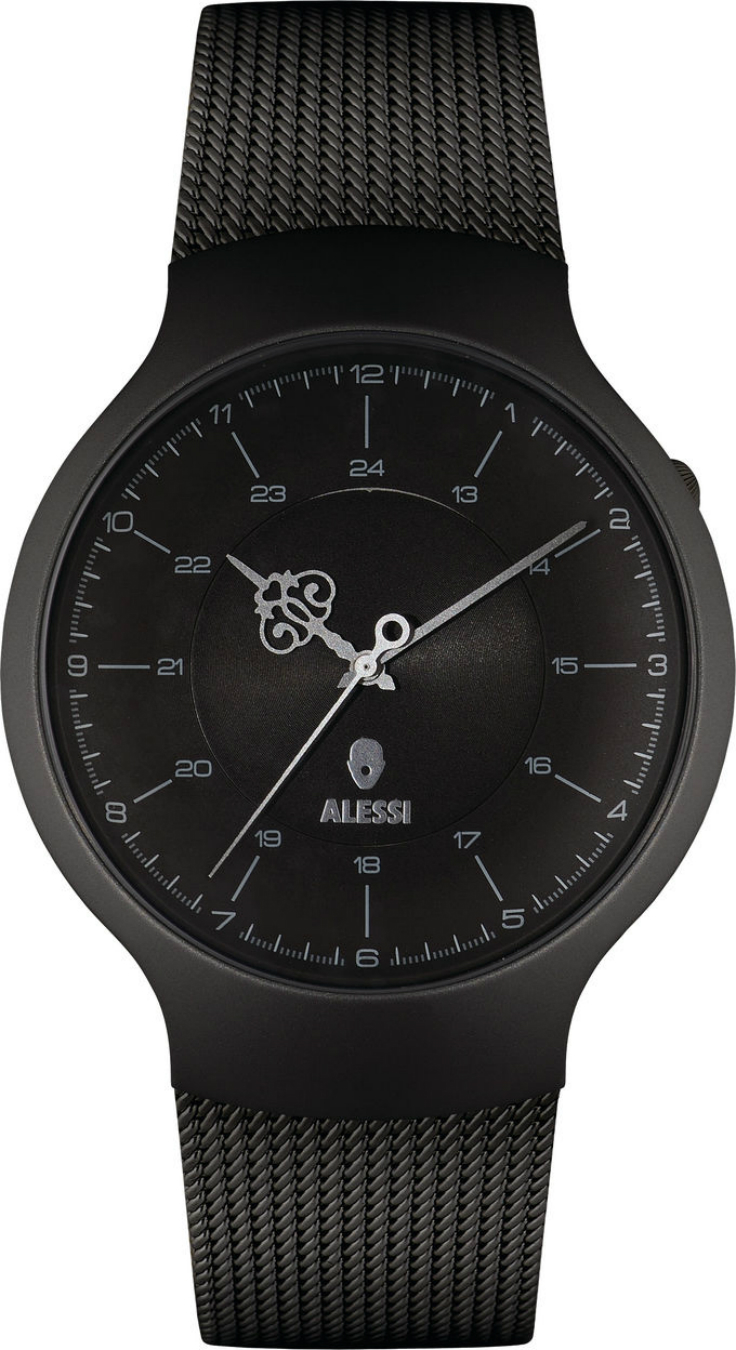Italian brand Alessi was founded by Giovanni Alessi in 1921 as a sheet metal foundry. His son Carlo began the transformation of the company into a design studio, a process that continues to evolve to this day, under Alberto Alessi’s direction. Such mega-stars as Frank Gehry, Piero Lissoni, Michael Graves, Philippe Starck, and Marcel Wanders have contributed their work. Exclusively for MONTECRISTO, Alberto took some time to answer a few questions.
How does a relationship with a designer such as Marcel Wanders get developed? Does he approach Alessi, or the other way around?
Alessi collaborates with over 300 designers and architects from all over the world. There is a different story each time we start a new collaboration. By the way, I can say that we work in two main ways: one is we receive spontaneous contacts (about 350 every year) from designers who send us their design proposals, or, once we identify a typology that we would like to develop, we give a briefing to a selection of designers.
A designer, first of all, has to be—or at least seem to me to be—a good poet. Whether old or young, no matter the nationality, if they are not poets, they will never be able to create something valid for the Alessi catalog.
I met Marcel at the beginning of the century, through Gabriele Chiave, a young designer working for him. He sent us a message of interest from his side. And I thought, “Why not?”
Why are watches important to the brand overall?
Alas, for Alessi, watches are a niche affair. I believe that, starting from 1988, we developed the best ever collection of design excellence in this typology of watches. But marketplace reaction has not been as good as we’d like it to be.
For special designs such as the watch collections, how do you ensure they perform within the overall brand identity?
The best design ever is the common thread of all that we produce, be it a tray, a pot, a car, a telephone, or a watch. But in order to answer your question a short explanation is needed.
The end of the 1990s marked the most recent stage of evolution at Alessi: a process of development and evolution lasting approximately 30 years, through which our “Dream Factory” turned from a more or less traditional industrial company into a research laboratory in the field of applied arts. Through years of experimentation and research, our company has become a true “mediator” between the best current contemporary talents in design and architecture and the public needs, responding to a hidden desire for happiness.
This continuous and tireless research brought us, at the beginning of the new millennium, to the aim to explore new manufacturing contexts, and to start collaborations with companies operating in products [that are] unconnected with our original domestic field dedicated to small objects for the home and the kitchen. Alessiwatches by Seiko was one of the first partnerships of this kind, and brought life to the one of the largest collections in the world of designer watches for men, women, and children.
Taking into consideration what is explained above, I can say that Alessiwatches, as with all other products resulting in licensing projects (for example: IlBagno Alessi, Fiat Panda—not sold in North America—Alessi, La Cucina Alessi, only to name a few), are fully in line with our brand identity because they also are a result of the cultural project which is at the base of our daily practice as an Italian design company: we try to answer to a desire for art and poetry through our objects, be they forks, trays, plates, or watches.












